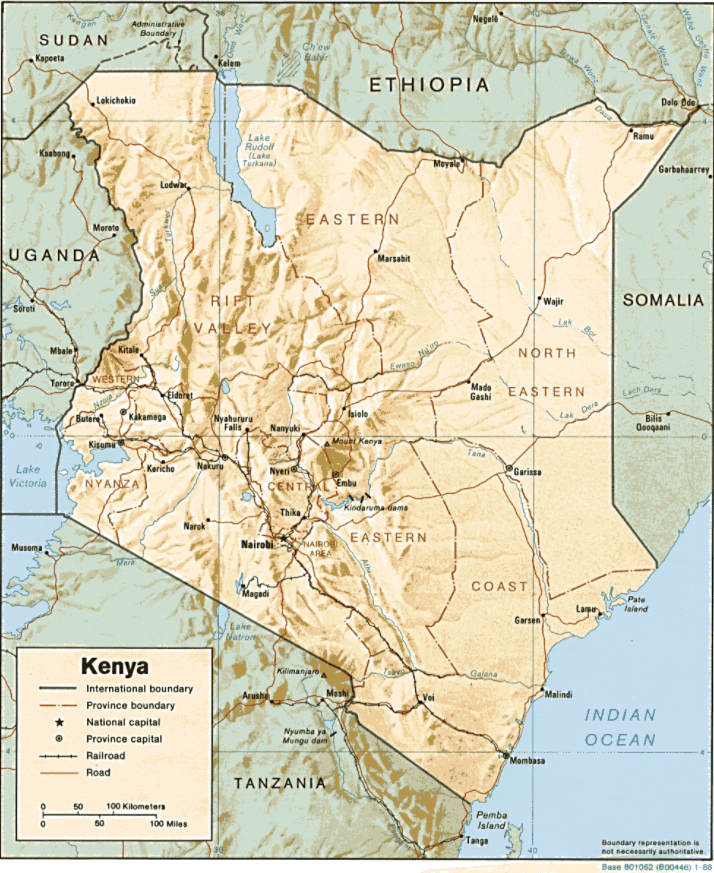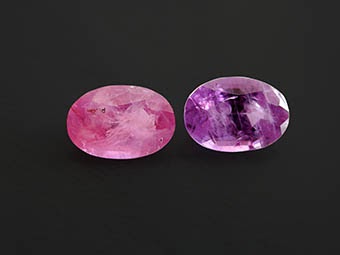Rubies from Kenya
Rubies from Kenya are known for their intense color, natural beauty, and growing significance in the global gemstone industry. Primarily sourced from the Mangare area in Baringo County and the John Saul Mine near Tsavo, rubies from Kenya often display deep red to purplish-red tones, sometimes with unique inclusions that highlight their natural origin. These stones are valued for their durability and are often found in large sizes. As interest in African gemstones continues to rise, rubies from Kenya are becoming increasingly sought after by collectors and designers around the world.
History of Ruby Mining in Kenya

Another member of the Mozambique orogenic belt, Kenya’s mining history only dates back to the 1970s. Like Madagascar, Kenya is able to produce basalt and marble hosted rubies of gem quality.
Appearance of Kenya Rubies
Photo by Ted Themelis

While Kenya has deposits of cabochon and facet-grade ruby material, they are a minor producer on the world market.
The appearance and inclusions observed in rubies from Kenya can be similar to other marble-hosted rubies like from Myanmar (formerly Burma) and the Luc Yen area of Vietnam depending on which area is being mined. They can be distinguished with lab-grade equipment to detect trace elements in the chemical composition of these rubies.
In conclusion, these gemstones are celebrated for their striking hues, which range from deep red to purplish-red, capturing the attention of gem enthusiasts and collectors around the world. Their natural beauty, often accompanied by minimal enhancements, adds to their appeal and makes them a desirable choice for those who value authenticity and uniqueness in fine jewelry. Sourced from regions known for their rich mineral diversity, they also reflect a growing trend toward ethically and responsibly mined gemstones. As awareness of their quality and origin continues to spread, their presence in the global market is expected to expand, solidifying their status as a noteworthy and valuable addition to the world of colored gemstones.
